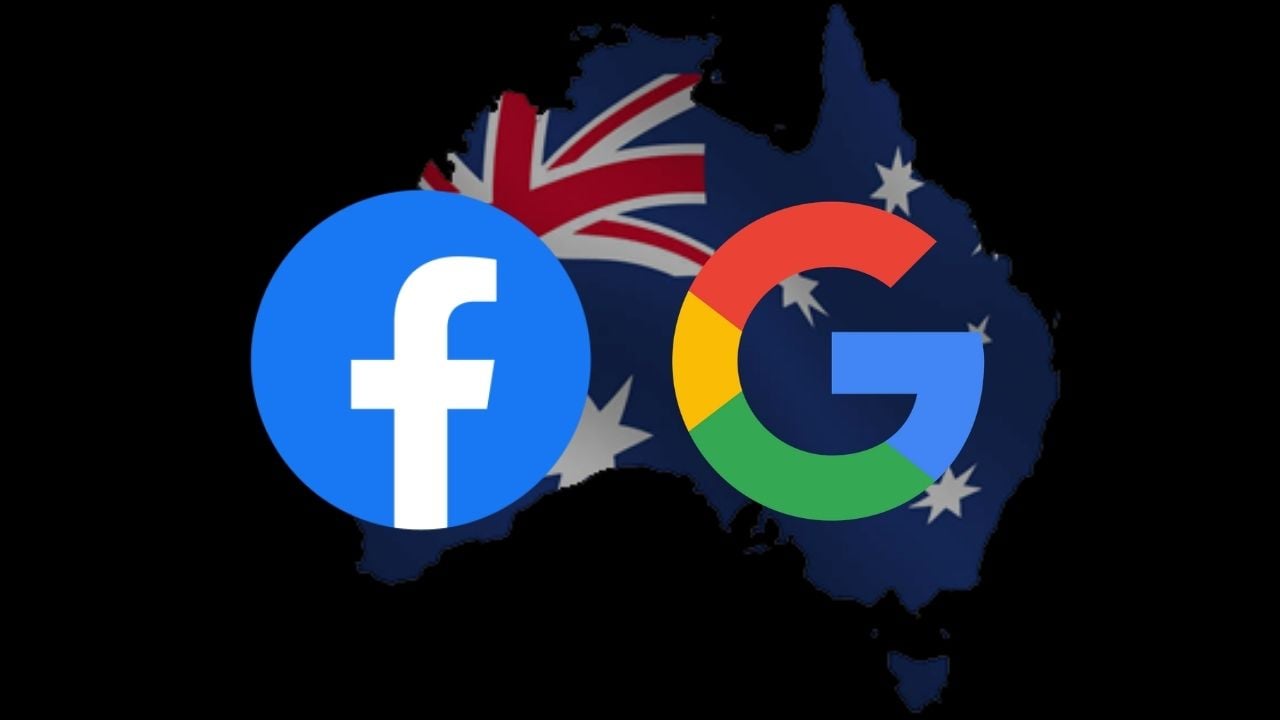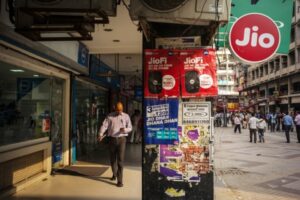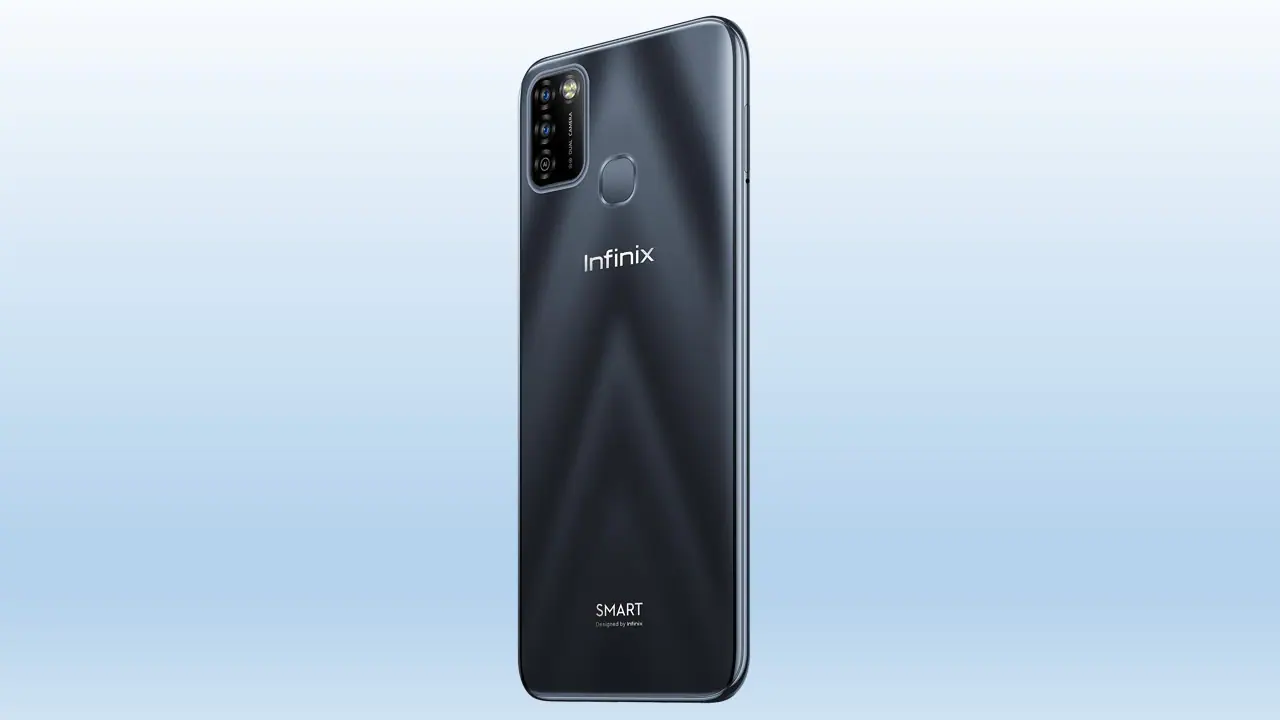The ConversationFeb 24, 2021 15:57:35 IST
After almost a year of heated discussion about the News Media Bargaining Code, there will shortly be a new law of the land – one that’s unlikely to be applied to the platforms it was intended to reign in. But that’s not to say it hasn’t done its job.
With some final tweaks expected to the draft legislation, Facebook on Tuesday announced it would restore news for Australian users and strike up commercial agreements with local publishers. It signed its first deal with Seven West media yesterday.
Google has already done deals with News Corp, Nine Fairfax, Seven West Media, The Guardian and regional news company ACM, turning back on its initial threat to pull Google Search from Australia.
Meanwhile, Facebook threatened to stop providing Australians access to news — and did (while also blocking domestic violence helplines, children’s cancer charities and the Royal Australian College of Physicians).
In return, the federal government said it would stop all advertising campaigns on the platform. Interestingly, it’s this move which most likely “assisted” the recent negotiated outcome with Facebook.
The amendments
The changes made to the code — other than the opportunity to sell advertising to the Commonwealth again — were small, but important. It’s worth remembering the code’s aim was to balance out the bargaining imbalance between big tech platforms and news media businesses.
Essentially, it provides a mechanism to force a deal when a commercial outcome can’t be reached voluntarily. The code is mandatory, since the Australian Competition and Consumer Commission (ACCC) took the view the platforms would not otherwise get to a commercial offer, let alone a commercial settlement.
As set out by Treasurer Josh Frydenberg, there were four changes made that have met Facebook’s needs:
- before a digital platform is made subject to the code by being “designated”, the minister must first take into account whether it has reached commercial agreements with news media businesses
- the government must give at least one month’s notice of designation to any platform it intends to make subject to the code
- the non-discrimination provisions (crafted as an anti-avoidance mechanism) will not be triggered in respect to remuneration amounts or commercial outcomes that arise in the course of usual business practice
- final offer arbitration will be a last resort and should be preceded by good faith mediation, provided this lasts no longer than two months.
A major change?
The above amendments made by the government are not major, in terms of changing the scope of the News Media Bargaining Code. However, they do include some important clarifications regarding how the code will operate.
Both Google and Facebook were very concerned the approach of “final offer arbitration” would adversely affect them. In this, if a deal couldn’t be struck, both the platform and media business would have to present their offers and defer to an arbitrator to choose one.
Google and Facebook initially argued for “commercial arbitration”, where the arbitrator acts with more discretion. Commercial arbitration tends to favour the party with the most information or bargaining power.
The compromise of requiring good faith mediation before any compulsory arbitration (whether commercial or final offer arbitration) is a classic dispute resolution approach.
Win some, lose some
The News Media Bargaining Code has changed in a way that is a compromise, but hasn’t lost its original intention. The process of negotiating changes to the code has revealed the private values of Facebook, Google and any similar parties that could be impacted by the code.
The exposure draft, the introduction of the Bill, the Senate committee and Facebook’s petulant actions: all have acted to identify a financial outcome for each of Google, Facebook and the Australian news publishers.
The process has been a classic, but painful, exchange of information that would otherwise have been held close to the players’ respective chests.
For Google, it has shown Google Search must remain untouched, even if this means forking out millions in a matter of days. For Facebook, it has demonstrated that rapidly changing social media offerings (such as trying to remove news in Australia) can’t be done without major complications.
A number of our members have had their Facebook pages taken down today.
It looks like they’re collateral damage in a fight between Facebook and the Federal Government.
It’s beyond outrageous that time-critical information is being denied to vulnerable and at-risk communities. pic.twitter.com/vuSoPPKKg1
— VCOSS (@VCOSS) February 17, 2021
It may be too soon to judge whether Facebook’s approach of taking its lobbying to the brink worked in its favour, or to its detriment. The platform’s first interactions with the new UK Digital Markets Unit (a regulatory regime targeted at big tech firms) will likely shed some light.
And finally, the ACCC can claim it was right in its initial recommendation; after a long drought, there will soon be money flowing to public interest journalism.
Who pays?
The intention of the News Media Bargaining Code was to create an environment where commercial deals would be struck between the platforms and news media businesses in Australia.
Now, under several deals, Google and Facebook will pay Australian news media businesses tens of millions of dollars each year for locally created content.
There’s also a reasonable expectation regional news businesses will receive funds in exchange for regional news — although a clear standard offer is yet to be made by the platforms.
This development will not change the inevitable shift of the news business model to a largely digital environment. But it does balance the value proposition between news creation and news curation.
It has also made clear to Facebook, Google and news media businesses that they exist and operate in a symbiosis. The status of this relationship? Well, it’s complicated.
Rob Nicholls, Associate professor in regulation and governance, UNSW
This article is republished from The Conversation under a Creative Commons license. Read the original article.











